How to do Vegetable Grafting Which Can Earn Upto Rs 4000/ Day, Expert Shares Tips
Dr C Narayanan Kutty, an award-winning retired professor from the Kerala Agriculture University, shares tips on how one can grow vegetables commercially via grafting, a method known to yield faster and better results in farming.
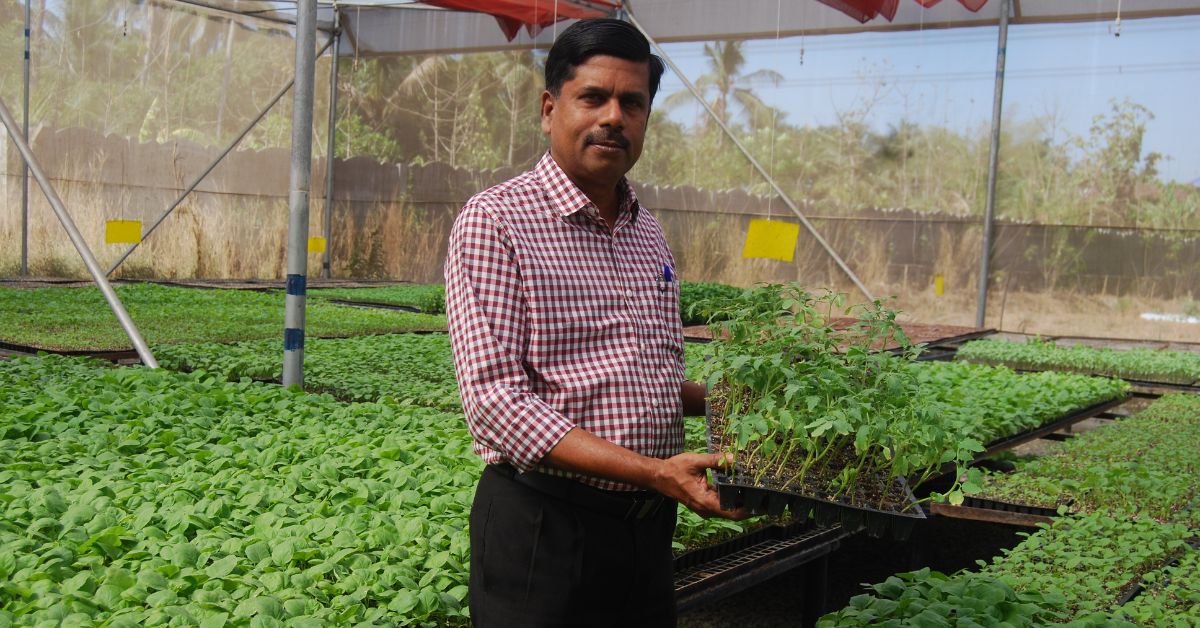
Horticulture plays a significant role in India’s economy, contributing 6 per cent to the GDP and adding one-third to the total agricultural output.
India produces 320.48 million tonnes of vegetables and fruits, an amount greater than its food grain production. However, this is also a field where not many experiments were made earlier.
For example, until the first few years of this century, winter crops like cabbage and cauliflower were not grown in Kerala, under the assumption that the region has an unsuitable climate, says Dr C Narayanan Kutty, former professor and research director of Kerala Agricultural University.
“Even though cabbage thoran is an irreplaceable item in the state’s cuisine, and varieties of cauliflower dishes are served in all restaurants, our farmers were reluctant to try growing them,” he notes.
Dr Narayanan Kutty was among the first few to grow vegetables by grafting in his university and the results were phenomenal, he says. He harvested cabbage and cauliflower weighing 1-1.5 kg each. Soon, the crops were extensively cultivated in the state.
“One reason why farmers were hesitant to grow them was because these crops are developed from saplings, not seeds. Most farmers, especially in Kerala, have the habit of cultivating vegetables from seeds only. This is because of the fear of a disease called bacterial wilt. The only way to let go of it was to graft a local variety of vegetable sapling with another one, which can withstand the bacterial attack,” explains the 61-year-old agriculturist.
Dr Narayanan Kutty learned more about grafting by attending a training session in Israel, a country where millions of saplings are produced every day through this method. He understood that it can save many days of work for farmers and can give greater yield as compared to regular seed farming. Also, the success rate is almost 30 per cent higher, he notes.
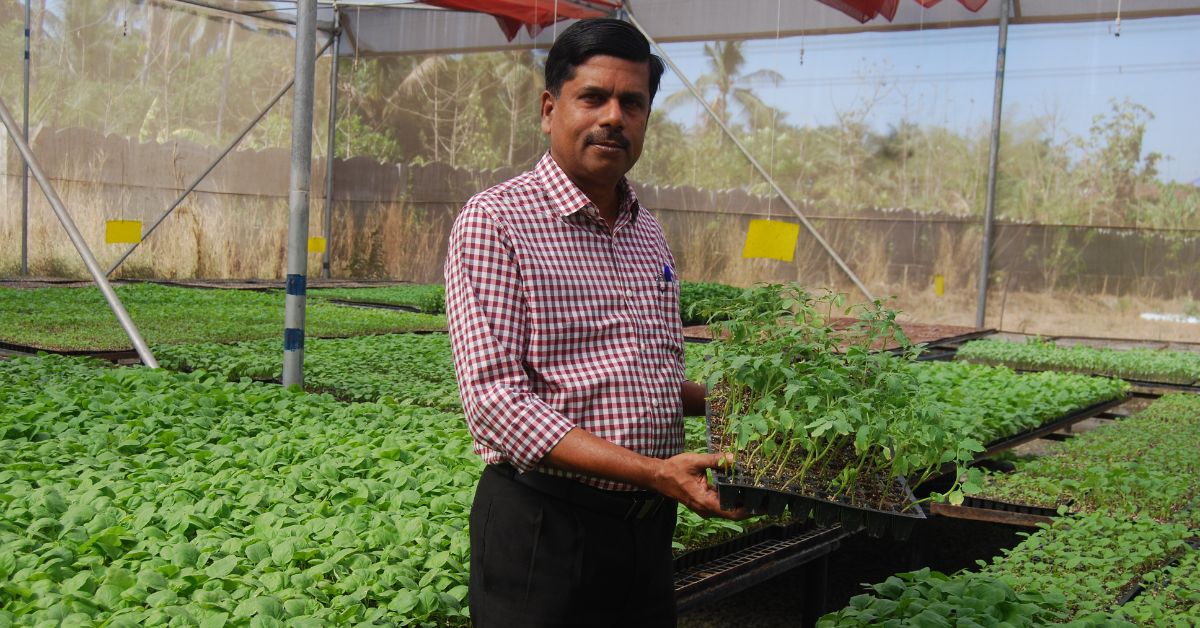
“I started with cabbage and cauliflower, and later tomato, brinjal, and chillies. I went ahead to standardise them by planting the seedlings in trays with 100 holes. Following this, we received many orders from garden nurseries and individual farmers. Several agricultural officers visited the university to study the growth too and they confirmed it to be effective,” he says.
Soon major garden nurseries and farmers took up this method of farming. From 2011 onwards, the State Horticulture Mission started distributing grow bags to every family to make the state self-sufficient in horticulture production. Along with the bags, they also provided vegetable seedlings grown in trays using the grafting method. This continues even today.
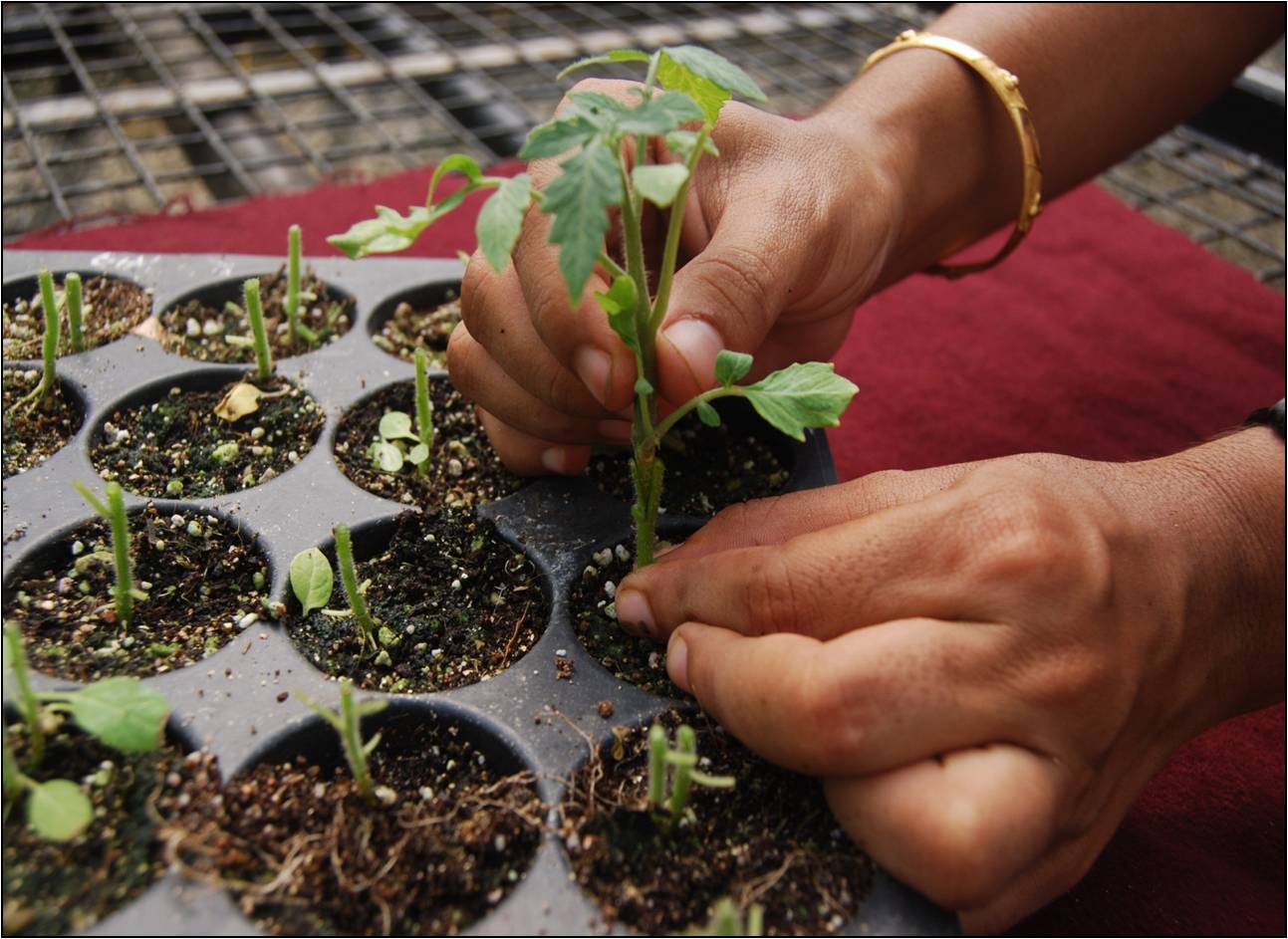
How to do grafting?
“This is a skilled work and requires special training. Presently, Kerala Agricultural University provides classes to those who wish to do vegetable farming on a commercial basis,” shares Dr Narayanan Kutty.
“Apart from the university, there are certain garden nurseries like Kavungal Agro Tech in Thrissur which provide these seedlings. More nurseries and individual farmers should take up this method, which is more effective and faster than normal vegetable farming,” suggests the former professor, who now works as a freelance agricultural consultant.
The seedlings can be directly planted to the grow bag or on prepared land. As they can be grown beforehand, farmers can save up to 20 days, which equals the time required for a seed to sprout from ground.
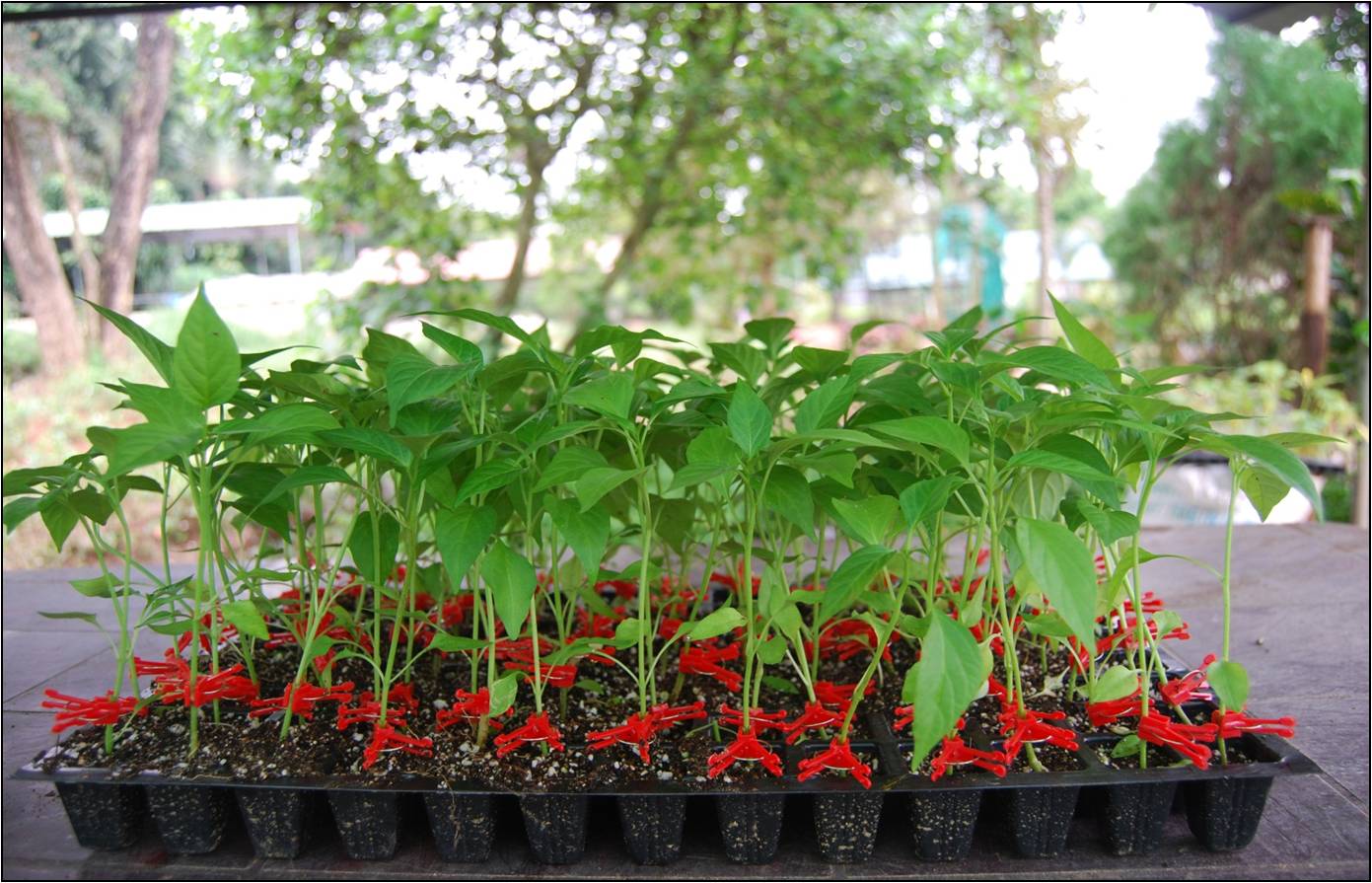
“While the average success rate of usual farming seed sowing method is 60 per cent, in this method, it is upto 90 per cent,” adds Dr Narayanan Kutty, recipient of the 2014 Krishi Vigyan Award.
He also shares that if done efficiently, an average of 1,000 plants can be grafted within a day. Each plant costs Rs 4 on an average, providing one with a daily income of Rs 4,000.
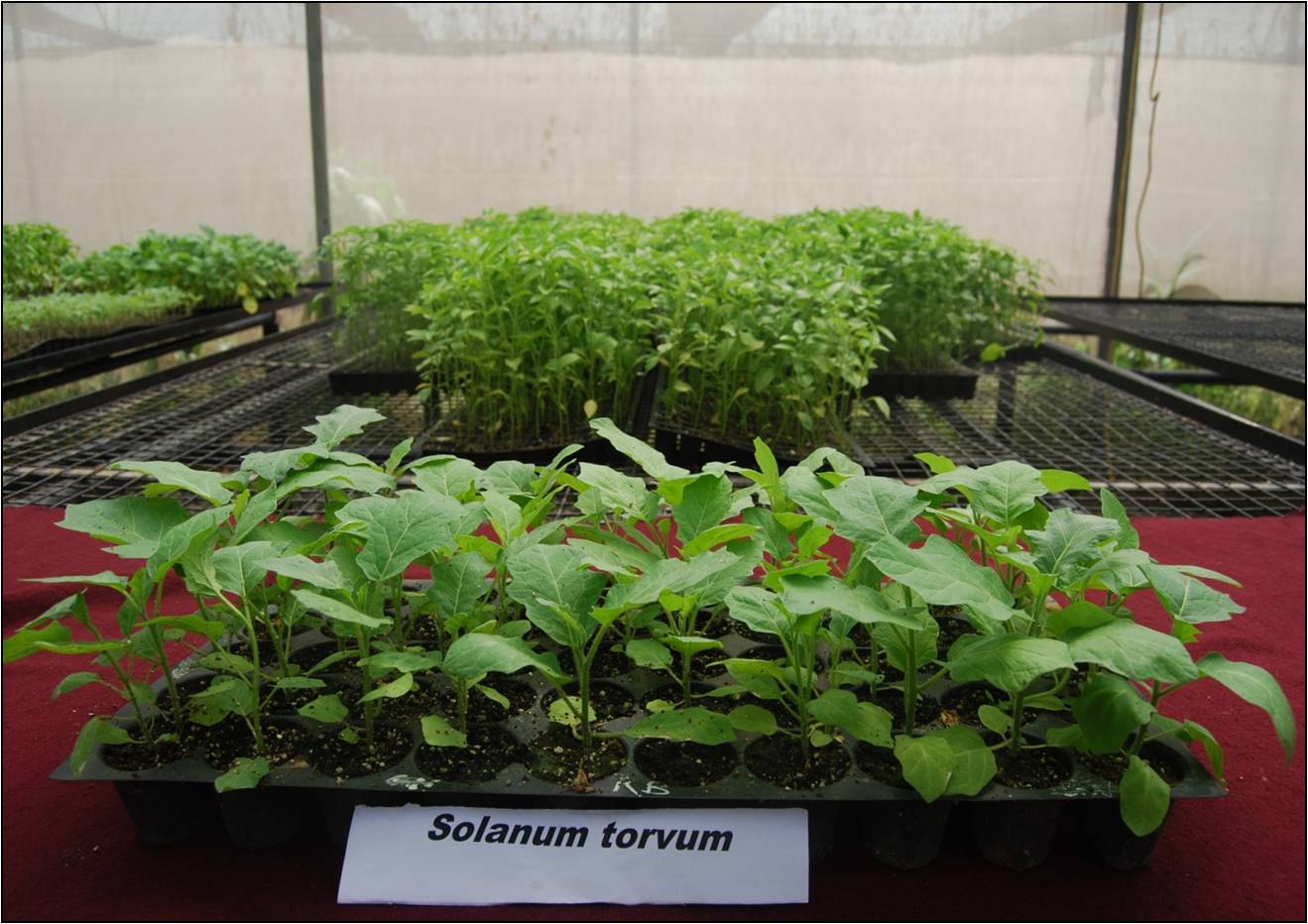
“If you are unable to graft, try procuring such seedlings from nurseries and cultivate them,” he advises. “The method is widely used by farmers in Maharashtra, Chhattisgarh and Karnataka. Kerala is slowly joining the team.”
Dr Narayanan Kutty shares some steps to follow if you want to grow vegetables through grafting: If you found our stories insightful, informative, or even just enjoyable, we invite you to consider making a voluntary payment to support the work we do at The Better India. Your contribution helps us continue producing quality content that educates, inspires, and drives positive change. Choose one of the payment options below for your contribution- By paying for the stories you value, you directly contribute to sustaining our efforts focused on making a difference in the world. Together, let’s ensure that impactful stories continue to be told and shared, enriching lives and communities alike. Thank you for your support. Here are some frequently asked questions you might find helpful to know why you are contributing?

- Collect good quality seeds that can withstand diseases and plant them. At the same time, plant the local varieties separately.
- Cut both plants just above cotyledons by leaving two leaves on the top. Graft within a few minutes of cutting to prevent cut surfaces from drying out.
- Grafting is a process that requires patience and skill. Attend classes by experts and practise it well before doing it commercially.
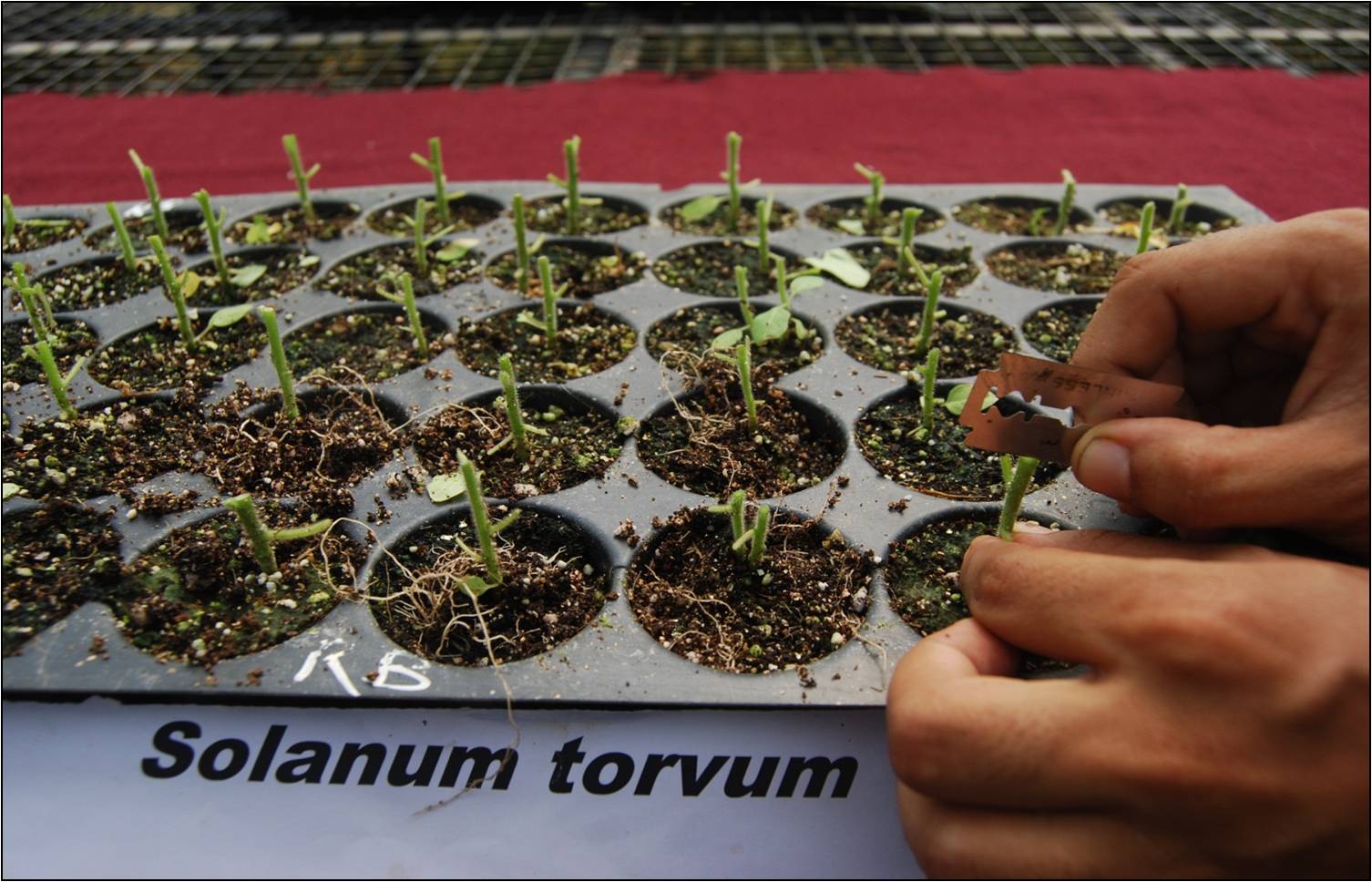
- Keep the plant in the grafting tray, each of which should have about 100 holes.
- Water rootstock and scion 24 hours before grafting and water gently, immediately after grafting.
- Leave the plants in a room and maintain a temperature between 26 – 29 degrees Celsius.
- Do not disturb them for two days. Water them gently on the third day and fifth day with less than an hour of exposure to the outdoor temperature.
- If the sapling wilts within two days, the grafting has failed.
- While you can replant on the seventh day, waiting for a few more days tll the sapling has healed would be a good choice.
- Once planted, occasionally prune for good growth.
- The plants produced using grafting method are fast growers and give better yield.
Edited by Divya Sethu
Sources:
“Kerala farmers learn to grow winter vegetables”, published by The Civil Society on 1 March 2018.
Horticulture and it’s Role in the Indian Economy – GeeksforGeeks, published by GeeksforGeeks on 23 June 2022.
This story made me
-
97
-
121
-
89
-
167














